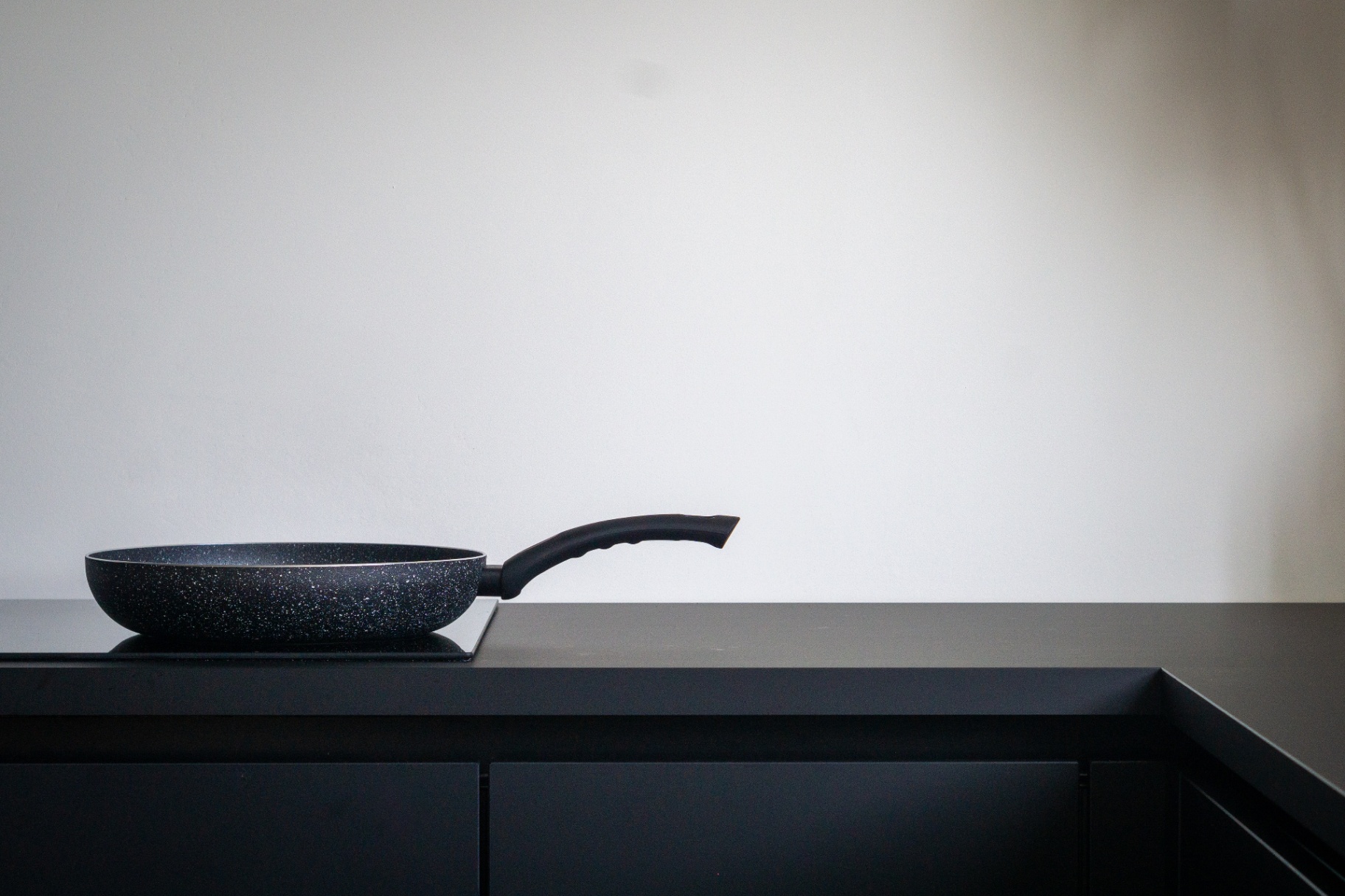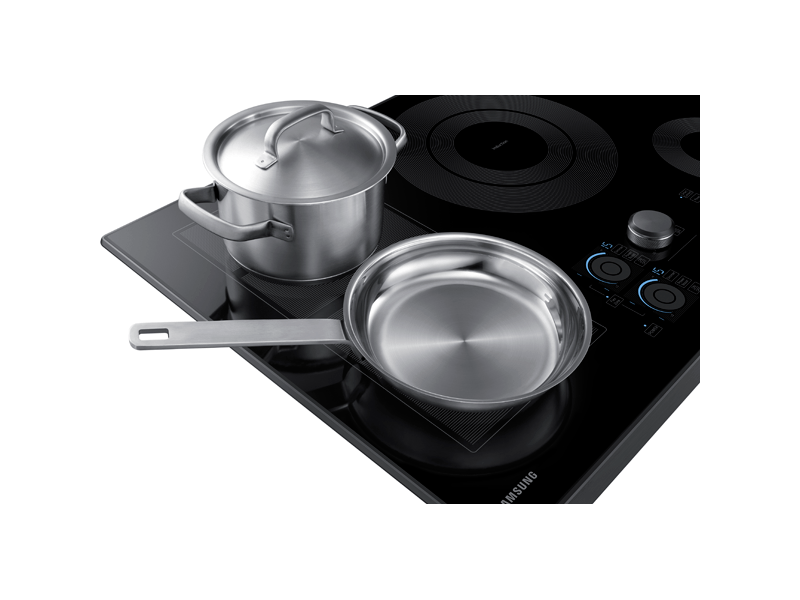Replacing gas cooktop with induction
If you're looking to make the switch from gas cooking to electric, installing an induction cooktop could be your answer. Induction hobs have quickly become family favourites the world over; and even converting chefs from gas! So, why are induction stovetops cooking up such a frenzy?
With power and performance as good or better than their gas counterparts, they provide great versatility in a sleek package, whilst reducing both energy bills and carbon footprints!

With various features available when buying an induction cooktop, there's much to consider when replacing gas cooktops with induction. So, let’s break down some of those key attributes so that you can find the perfect fit for your kitchen setup. If you need a little more help, give our team of electricians a call on 1300 360 215.
How do induction cooktops work?
Induction cooktops look similar to an electric cooktop, but are far more advanced in the way that they produce heat. Induction cooktops use magnetism to quickly heat up pots or pans placed on their glass surface, generating an electromagnetic field that transfers energy directly into your pots and pans, while leaving the stove cool to the touch.
This means that when using induction cooktops, you get fast heating with accurate temperature control for perfect results every time; and peace of mind in the knowledge that it will be instantly cool to touch after use. Clever, hey?
Advantages of induction cooktops
- Even spread of heat for consistency when cooking
- Remarkably fast heat-up
- Changes in the temperature setting are instantly mirrored with a modification in the heat of the pan
- The induction cooktop cools down much faster, making the likelihood of burn injuries negligible (unless a hot pan has been on it for a while)
- Many induction hobs come with the child safety lock feature as standard
- Induction cooktops are energy saving as they automatically turn off if there’s nothing detected on the element
- Substantially easier to clean than a gas hob
- Electromagnetic technology makes induction more energy efficient than alternatives
- If you have solar power, your induction cooktop can run on renewable energy from the solar panels and save on gas bills
- Sleek, streamline, alluring appearance for every kitchen
Disadvantages of induction cooktops
- Cookware, such as copper pans and cast iron skillets, cannot be used on induction cooktops
- Woks can’t be used due to the rounded base of the wok on the flat induction surface
- Higher initial investment than gas options
- May hear a low buzzing noise when in use; this is the fan for cooling
- May require more electrical work when being installed as induction cooktops use large amounts of power

Induction cooktop installation requirements
When replacing a gas hob with an induction cooktop, the possible installation considerations are:
- When the old gas cooktop is removed, existing gas supply needs to be isolated and electrical wiring installed
- Induction requires a separate electrical circuit for its higher energy usage which is on average 30 Amp - 42 Amp
- This may in turn necessitate a switchboard upgrade
Before making any changes, it's best to consult with a licensed electrician or an appliance installation professional. With the proper planning and installation, a new induction cooktop could be a great upgrade to your cooking experience.
Your local induction cooktop installation experts
If you have any questions regarding replacing a gas cooktop with induction, or would like to speak with one of our induction cooktop installation electricians, call First Call Electrical on 1300 016 671 or complete our online enquiry form.
